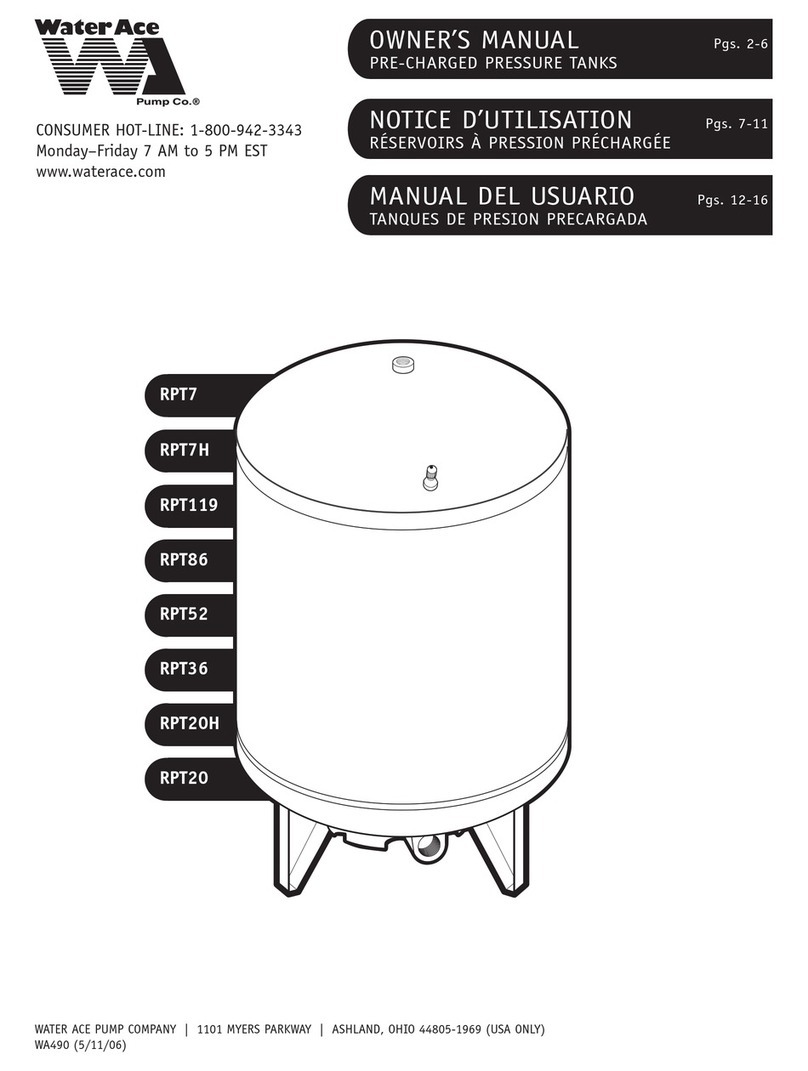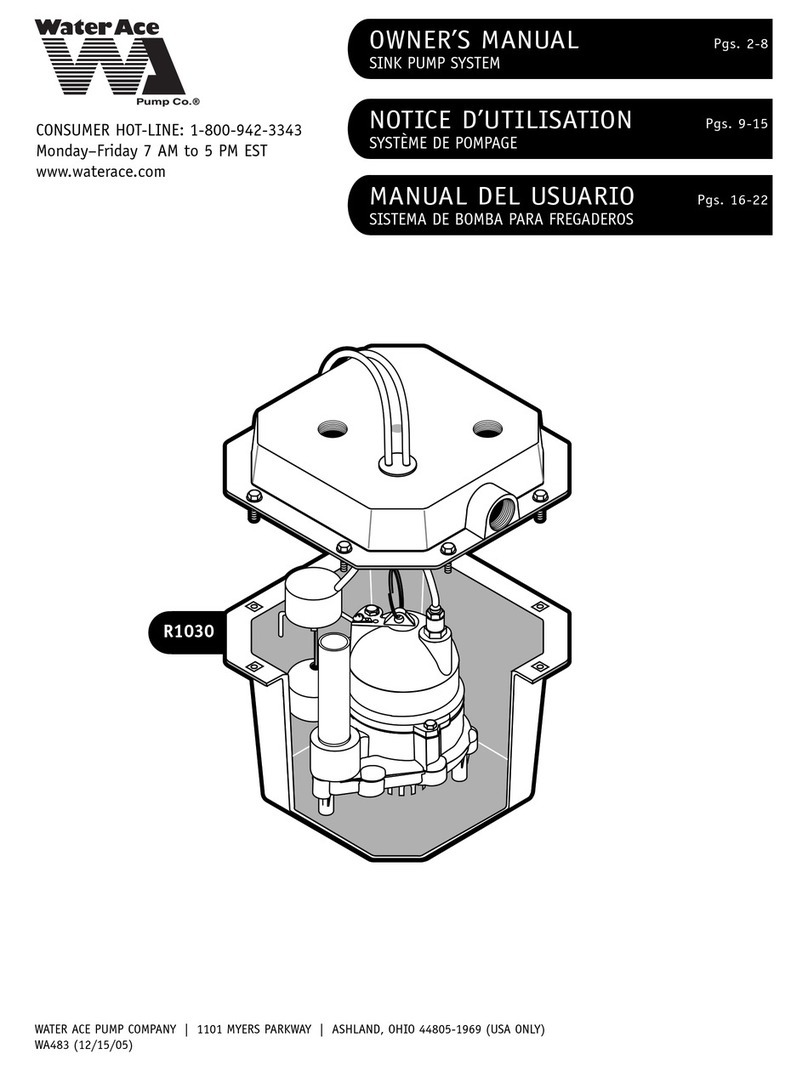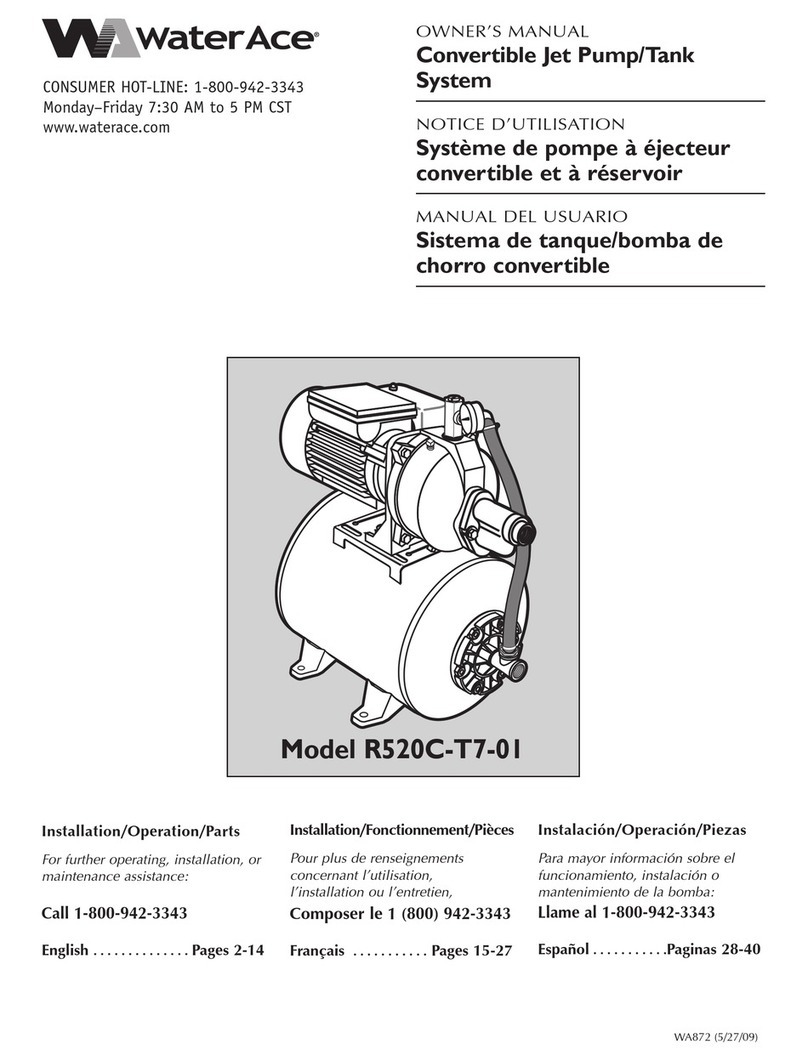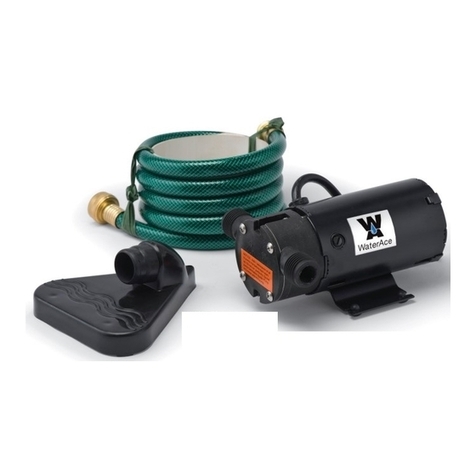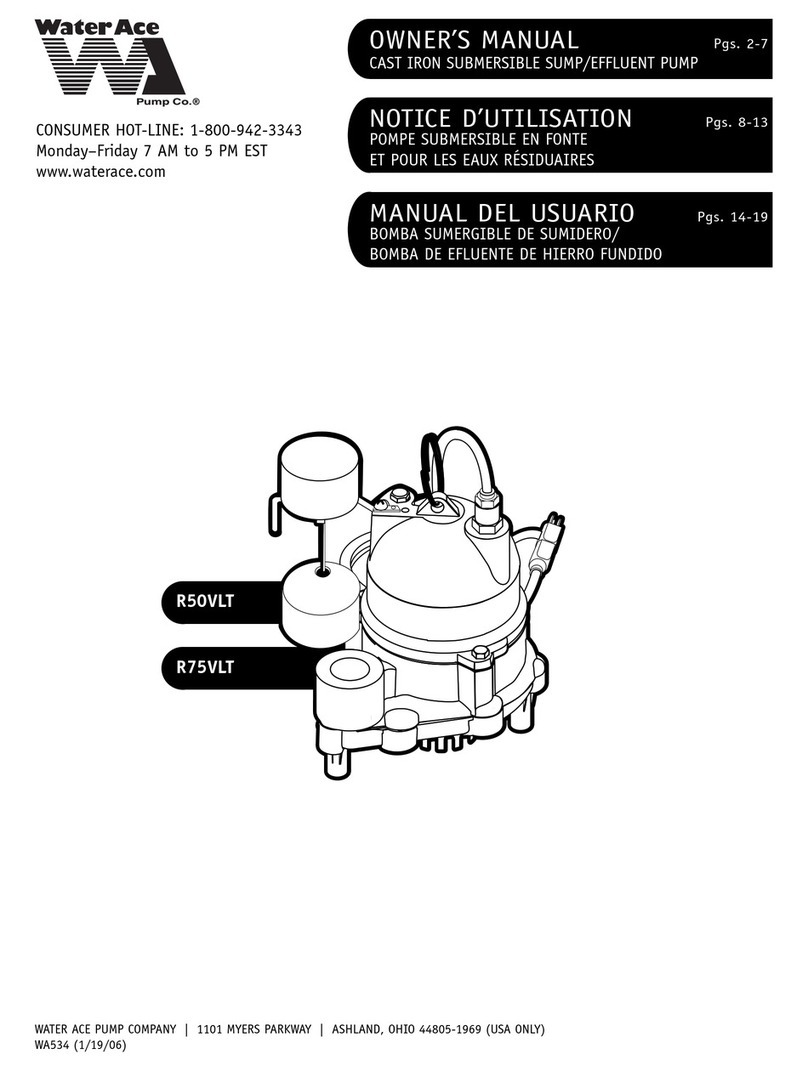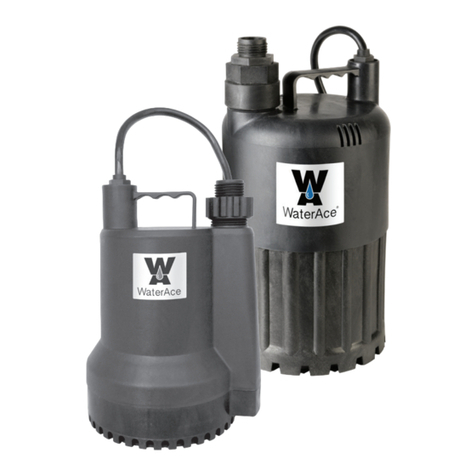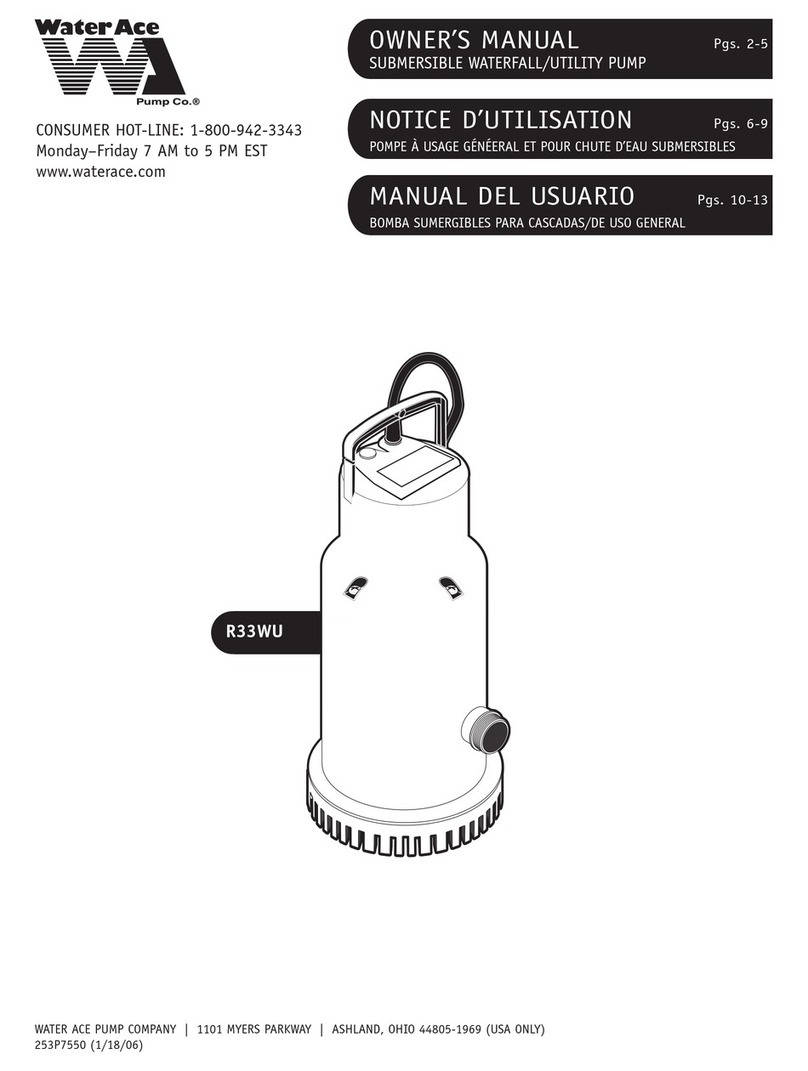
23833A141
Q. The red and yellow LED’s flash on my control
panel, what’s wrong?
A. Maybe nothing at all! A slow flash rate, (about 1
second, or less), indicates that the charging system
has nearly charged the battery to its optimum
charge level. The flashing LED’s should slow and
eventually stop when the battery is completely
charged.
A fast LED flash rate, (more than 2 per second),
indicated the 1 A charging fuse has blown, the
battery leads are reversed or the wall transformer is
not supplying proper voltage to the control box.
Check the battery connections, then replace the
fuse. If the LED’s continue to fast flash, check the
115V outlet for proper current and replace the plug-
in wall transformer, if necessary. A severely dis-
charged battery may also cause a surge in the
system and blow the fuse if connected.
Q. When I hooked up the system, the yellow
charging light came on. Why? The battery was
supposed to be fully charged when I got it.
A. A new battery, although charged adequately to start
most engines, will not be charged to its full/optimum
level. The charging system supplied with your pump
monitors the charge level and slowly charges the
battery to its optimum level.
Q. O.K., after 2 days, the LED’s are blinking be-
tween “charged and charging”what’s wrong
now?
A. Probably noting, see question 2 above. The system
normally takes 2-3 days to fully charge a good
battery from about 11.9 VDC to 14.4 VDC. As the
battery approaches full charge, the LED’s will
alternate between “CHARGED”and “CHARGING.”
Q. Finally, the LED’s quit alternating and the
“CHARGED”LED came on, but every once in a
while the “CHARGING”LED comes on for just a
second or two, then goes out. Is my system
O.K.?
A. Yes! No need to worry, It is normal for a battery to
lose some of its charge, (decay), when idle. Our
charging system monitors the charge state and
turns itself on to boost the battery backup to its
optimum charge. This usually takes from a few
seconds to a few minutes.
Q. We came home late one evening, and heard our
battery back-up alarm sounding. The pump
wasn’t running. What’s wrong?
A. It is possible that the primary pump failed to operate
when needed and your back-up pump activated and
drained the tank. The alarm activates any time the
pump is called to operate. It continues to operate
until the alarm condition is manually acknowledged
by pressing the reset switch.
Frequently Asked Questions on Battery Back-up Sump Pump Systems
Q. Pressing the reset switch didn’t silence the
alarm, now what?
A. The alarm circuit is activated so long as the float
switch is activated. Check to see if the back-up float
switch is tangled or caught in the sump or piping.
Remember to disconnect all power before servicing.
Q. The float wasn't tangled, but the alarm continues
to pulsate.
A. A pulsating alarm is different from a steady tone. The
pulsing alarm indicated that the battery voltage has
dipped below an acceptable level. As a precaution,
the charging circuit is locked out when this occurs,
just in case one or more cells have shorted. It will be
necessary to remove the battery and have it
charged on a commercial automotive or marine
battery charger, per the manufacturer’s instructions.
Once the battery voltage can be sustained above
11.9 VDC, the battery can be re-installed in the
system and the on-board charging circuit can again
be used to maintain the battery charge.
Q. When I got my system home and prepared to
install it, I found out that the pump cable, sensor
and charging cord were too short to reach the
control box. Can I splice the leads so that they
will reach?
A. Don’t even think about it! The cable lengths were all
designed around optimum operating parameters
and are at a maximum length for their given sizes.
Since the charger and pump are microprocessor,
(computer) controlled, changing the cable lengths
may affect critical computer inputs which could
cause the system to malfunction and may even
present a fire hazard.
Q. I couldn’t install my battery back-up pump above
my primary pump per your instructions, because
my sump is too shallow. Will it matter if it is
installed BESIDE my primary pump?
A. You bet. Installing a back-up pump in the sump
beside the primary pump could spell disaster.
Sediment will accumulate inside the back-up pump
and may cause it to fail when needed most. The
back-up pump must be installed above the normal
turn on level of the primary pump. You may need to
modify or replace your sump if it is too small. A
minimum 30" deep sump is recommended. Remem-
ber, the back-up pump must also be tilted at a 30
degree angle to operate properly. (It may air bind if
not tilted.)
5
